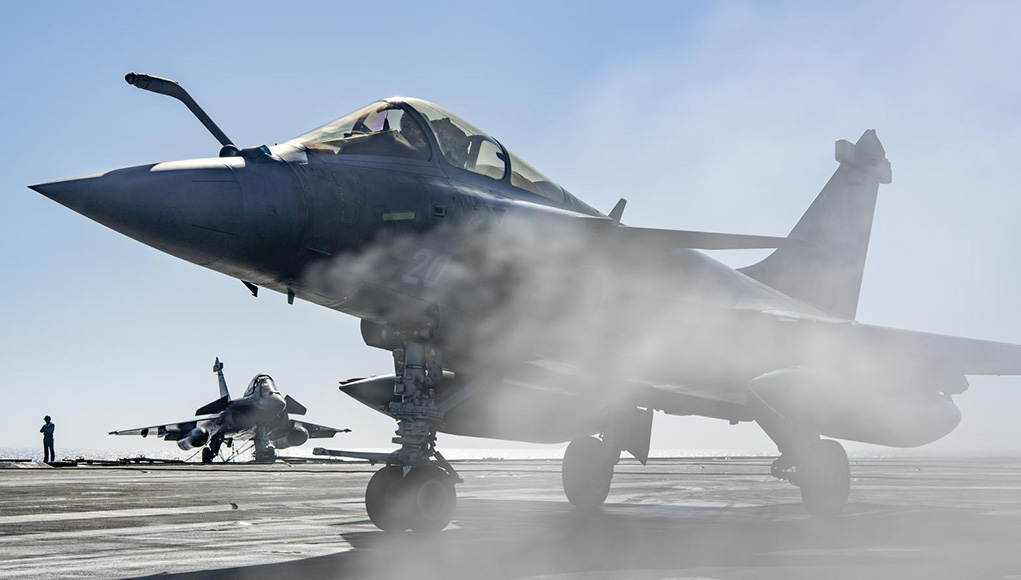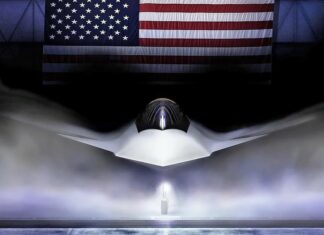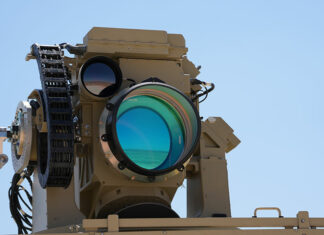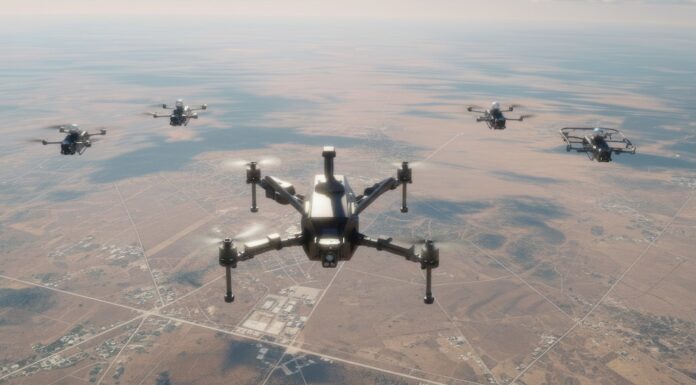India has finalized a significant Inter-Governmental Agreement (IGA) with France, signed on April 28, 2025, to acquire 26 Rafale Marine (Rafale M) fighter jets for the Indian Navy. This deal, valued at approximately €7 Billion ($7.5 Billion or ₹63,000-₹64,000 Crore), marks the first export order for the naval Rafale and aims to modernize India’s carrier aviation capabilities, particularly aboard the indigenous aircraft carrier INS Vikrant. The procurement strengthens the Indo-French strategic partnership, especially concerning security in the Indian Ocean Region amidst China’s growing naval presence.
The agreement covers 22 single-seat Rafale M fighters for carrier deployment and four twin-seat Rafale DH variants for land-based training, as a carrier-capable twin-seat version was not developed. The comprehensive package includes advanced weaponry like Meteor, SCALP, and Exocet missiles, simulators, training, spares, and five years of Performance-Based Logistics (PBL). Deliveries are set to begin around mid-2028 and conclude by 2030-2031. The deal also bundles upgrades for the Indian Air Force’s (IAF) existing Rafale fleet, including buddy-refueling pods for 10 jets, indicating a coordinated approach.
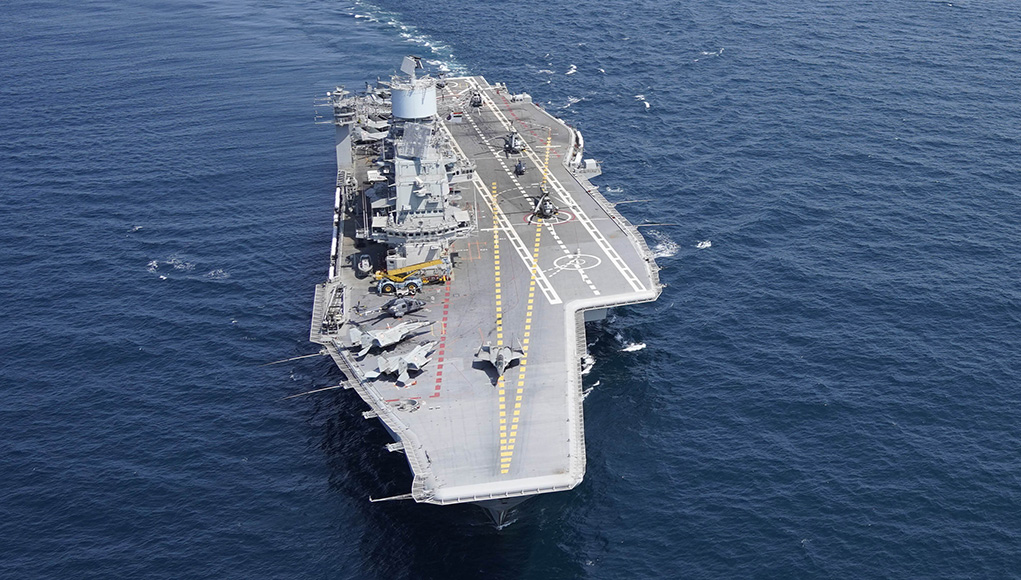 Carrier Integration Challenges
Carrier Integration Challenges
The Rafale M is the carrier variant of Dassault’s versatile 4.5 generation fighter, featuring modifications for naval operations like a reinforced undercarriage, arrestor hook, and a “jump strut” nosewheel. Crucially, trials in January 2022 at INS Hansa, Goa, confirmed its ability to operate from the Short Take-Off But Arrested Recovery (STOBAR) ski-jump configuration used on India’s carriers, INS Vikrant and INS Vikramaditya. Significant commonality (around 80%) with the IAF’s Rafales offers logistical and training advantages over its competitor, the Boeing F/A-18 Super Hornet.
Despite its capabilities, the Rafale M presents a significant integration challenge due to its physical dimensions and lack of folding wings in its current configuration. The aircraft’s wingspan of 10.9 meters exceeds the width of the aircraft elevators on both INS Vikrant (approximately 10 meters) and INS Vikramaditya (approximately 9.9 meters). These elevators, critical for moving aircraft between the hangar bay and the flight deck, were designed primarily for the smaller, folding-wing MiG-29K (which folds to 7.8 meters).
This size mismatch poses considerable operational constraints. Moving the Rafale M onto the elevators requires complex maneuvers, potentially slowing the mission preparation time and cycle time for launching and recovering aircraft. This could significantly impact the operational tempo during high-intensity flight operations, a critical factor in carrier combat effectiveness.
Several potential remedies or workarounds are reportedly being considered, though none are without challenges:
- Tilting the Aircraft: This option involves using specialized jigs to tilt the Rafale diagonally on the elevator.
- Removing Wingtip Rails: Detaching the missile launcher rails from the wingtips before moving the aircraft onto the elevator.
- India-Specific Modifications: Dassault is expected to showcase an India-specific Rafale M within 18 months of the deal. If feasible, these changes could feature foldable wingtips.
- Revising procedures and Deployments: Restricting Rafale M to flight deck operation, assigning the Rafale M exclusively to the second Indigenous Aircraft Carrier (IAC-2), which will have larger elevators.
The F/A-18 Super Hornet, with its folding wings (reducing span to 9.32 meters), would have fit the elevators more easily. Despite this known constraint, the selection of the Rafale M underscores the weight given to other factors like IAF commonality but highlights a significant operational challenge the Navy must manage. This reinforces the long-term importance of the indigenously designed Twin Engine Deck-Based Fighter (TEDBF), which will feature folding wings tailored for Indian carriers.
Strategic Rationale and Self-Reliance
The Rafale M procurement addresses the urgent need to replace the Indian Navy’s unreliable MiG-29K fleet, which has suffered from poor serviceability. It is an essential ‘interim’ capability bridge until the Indigenous TEDBF becomes operational, expected around 2031-2032. The Rafale M significantly enhances the Navy’s power projection with its advanced sensors, electronic warfare suite, and potent weapons loadout, crucial for countering China’s increasing naval activities in the region.
To align with India’s ‘Aatmanirbhar Bharat’ (Self-Reliant India) initiative, the deal includes Transfer of Technology (ToT) for integrating Indigenous weapons like Astra missiles and NASM-MR onto the Rafale M. Furthermore, it mandates establishing local production facilities for Rafale fuselage sections and Maintenance, Repair, and Overhaul (MRO) capabilities for engines, sensors, and weapons within India, fostering domestic industrial capacity.
The acquisition of 26 Rafale M jets represents a major capability upgrade for the Indian Navy, replacing aging aircraft and providing a potent, modern fighter for its carriers. While serving as a stopgap pending the indigenous TEDBF, the Rafale M brings advanced technology and weaponry. However, the significant challenge posed by its non-folding wings and elevator incompatibility requires effective workarounds to avoid hindering carrier operational tempo. Despite this, the deal enhances India’s maritime deterrence in the IOR, boosts self-reliance through technology transfer and local MRO, and deepens the strategic partnership with France.


